Uncategorized
5 Punjab Rivers with Details
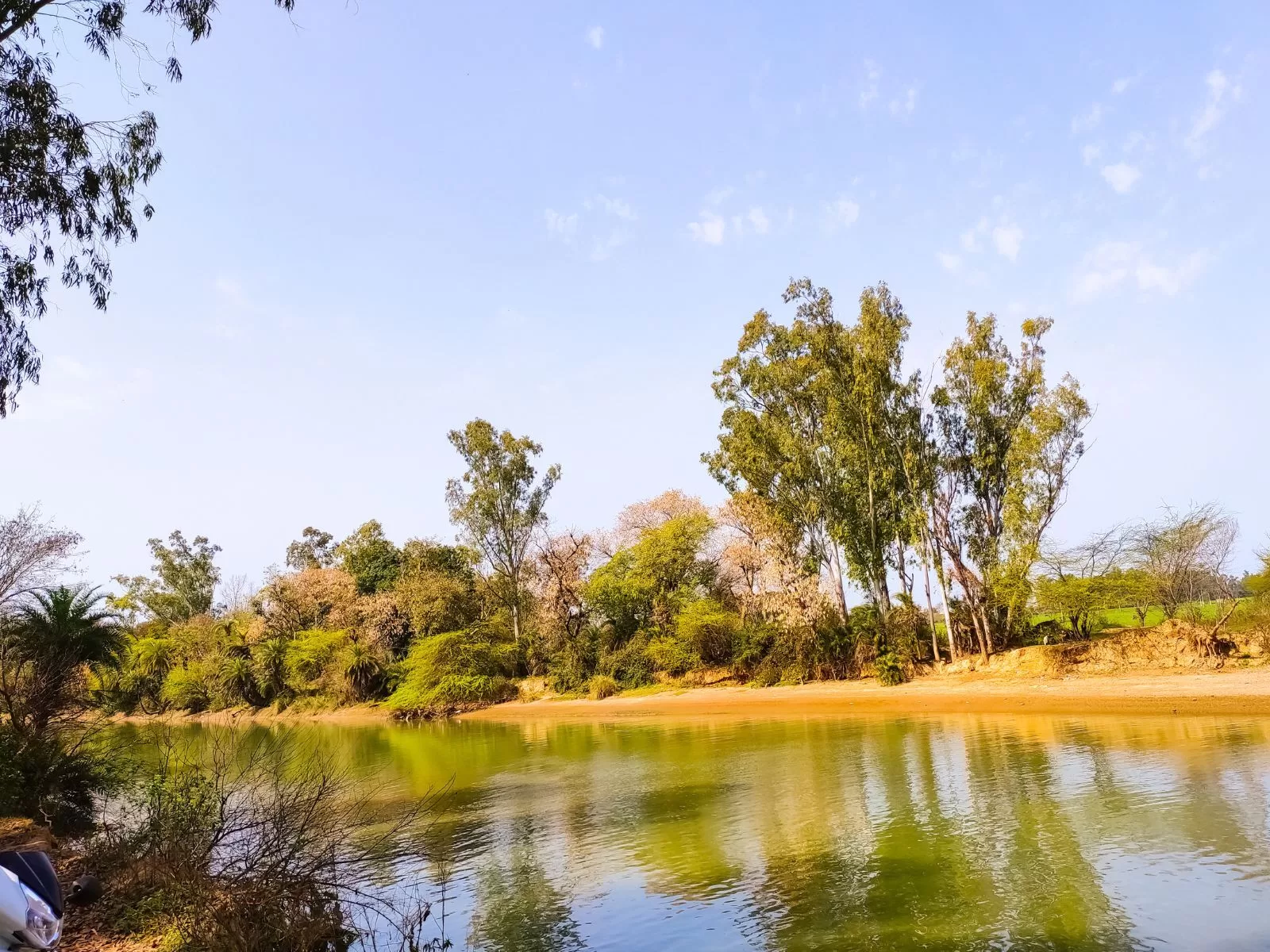
Punjab is best known for its rich heritage and culture. The impact of Punjabi culture has been so huge that every party in any state of India is incomplete without Punjabi music. Besides music, you all must have heard about the big and more popular things that Punjab has to offer. But do you know the Punjab rivers?
The name Punjab also comes from Punj (five) and Aab (water). As of today, only three of these Punjab rivers flow in current date India. While the rest two flow through Pakistan.
In this article, I will discuss these rivers and some important facts about them. So without further ado, let us begin.
Sutlej River
Starting off our journey with the largest river in Punjab, the Sutlej River covers a length of approximately 1450 kilometers. Moreover, the Sutlej River starts in the Himalayas. More specifically, near the Mansarovar Lake and flows into both India and Pakistan.
Although this river is commonly known as Sutej, its Vedic name is Shutudri or Zaradros River. The Sutlej River is mainly used for irrigation purposes. The famous Bhakra Dam in Punjab impounds water for both irrigation and electricity production from the Sutlej River.
The Sirhind Canal and the Sutlej Valley projects are also important irrigation projects that take the water from the Sutlej River. The Sutlej Valley Project involves both India and Pakistan. This river collects the water from the Beas River before culminating in the Arabian Sea.
One of the Punjab Rivers: Ravi River
Ravi is the second longest river among the rivers of Punjab. The total area covered in this river is approximately 720 kilometers. Additionally, the Ravi River originates in the Chamba district. From there, it curves around the Dhauladhar Range to enter the state of Punjab.
In Punjab, it enters around the Madhopur plains. In ancient times, the Ravi River was also known as Parushani or Iravati. The Ravi River enters Pakistan and eventually ends by joining the Chenab River.
The Ravi River is mainly used to provide water for irrigation to its nearby area. Rights to water from the Ravi River is a heated subject between India and Pakistan. But, as per the Indus Water Treaty, these rights belong to India now.
Beas River
The final river that flows through Punjab, India is the Beas River. The Beas River begins near the famous Rohtang Pass, Himachal Pradesh. The total area covered by the Beas River is approximately 470 kilometers. The name Beas comes as a dedication to the author of the Indian epic, Mahabharata, Ved Vyasa.
Beas is one river of Punjab that also ends in Punjab. This is because it joins the Sutlej River near Harike, Punjab. The waters from the Beas River are responsible for the irrigation of its nearby areas. To generate hydroelectricity, the river’s water comes into use.
Now that I have covered all three rivers of Punjab that flow in current-day India, Let’s see the rivers of Punjab that flow in Pakistan.
Chenab River
The Chenab River connects the water from the Jhelum River, the Ravi River, and the Sutlej River. The total area covered by this river is around 960 kilometers. Chenab River culminates in the Arabian Sea.
Jhelum River
The Jhelum River originated in Jammu and Kashmir. From Srinagar, this river enters Pakistan. One of these Punjab rivers ends when it joins the Chenab River. The Jhelum River covers almost 725 kilometers of area.
Final Words
Punjab has a rich history and the rivers of Punjab are a big part of that. Although, since partition, these Punjab rivers separated into two separate countries, their histories will forever belong together. For a state highly dependent on agriculture, these rivers are the lifelines of millions of people and wildlife.
Uncategorized
A New Hope for Spine Patients: Dr. Aditya’s Groundbreaking Surgery in Tricity
Jammu, November 16: A big step for spine care has taken place in Tricity.

Dr. Aditya’s Groundbreaking Surgery in Tricity marks a major step in modern spine care. Dr. Aditya Gupta from Paras Hospital, Panchkula, performed the region’s first awake endoscopic spine surgery. The patient stayed awake under local anaesthesia, which made the procedure safer for someone with heart issues. The technique used a very small 6-8 mm cut, making it far less invasive than traditional spine surgery. Because the patient breathed on his own, the surgery avoided the risks linked to general anaesthesia. Dr. Aditya used a transforaminal endoscopic approach, which helped him target pain-causing spots with accuracy and avoid nerve damage.
Moreover, Dr. Aditya said this keyhole method speeds up recovery. Blood loss stays extremely low. Many patients can walk within an hour of the surgery. This gives confidence to people who fear long recovery periods. This success also shows how fast medical care is improving in the Tricity region, including Chandigarh and Mohali.
Furthermore, Dr. Aditya’s strong education adds to his skill. He completed his MBBS and MS in Orthopaedics in Jammu. Later, he trained at PGI Chandigarh and ranked first in the All India Fellowship Examination in Spine Surgery. He also trained further at leading centers in Ahmedabad and New Delhi. His father, Dr. Rajesh Gupta, heads Orthopaedics at ASCOMS & Hospital in Jammu, which greatly influenced his career path.
Additionally, the Tricity region is becoming known for advanced healthcare. New methods like awake endoscopic spine surgery show how hospitals focus on safe and effective treatments. This helps patients who cannot go through major surgeries due to conditions like diabetes, heart disease, or breathing problems.
As medical technology grows, doctors aim to reduce pain and avoid complications. Awake endoscopic spine surgery supports this goal. It lowers surgical stress, reduces hospital costs, and helps patients return to normal life faster.
In addition, the success of this operation motivates more doctors in the region to learn similar techniques. This will support many more patients who need spine care but fear high-risk procedures. It also boosts the Tricity area’s role as a developing medical hub.
In conclusion, Dr. Aditya’s Groundbreaking Surgery in Tricity stands as a major milestone in spine care. His work brings safer, quicker, and more advanced options to patients and strengthens the future of healthcare in the region.
Uncategorized
Severe Negligence Alleged at Maharana Bhupal Hospital as Family’s Pleas Go Ignored
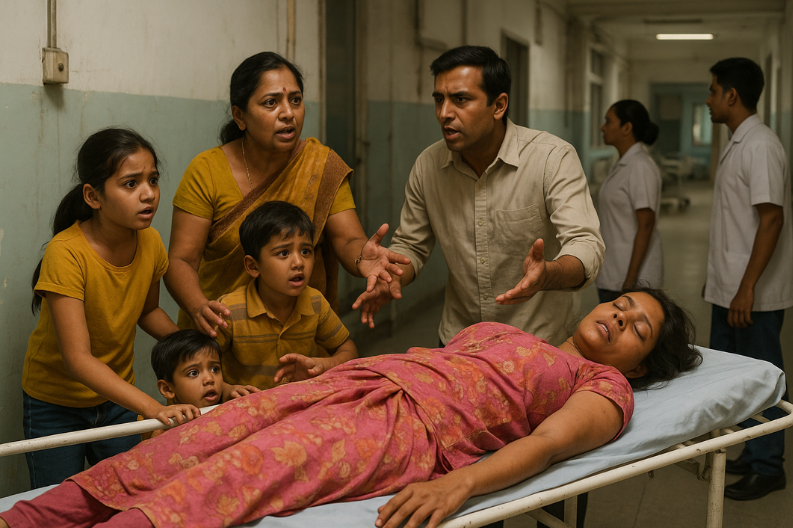
Udaipur: A serious incident where severe negligence alleged at Maharana Bhupal Hospital. A family alleges that hospital staff ignored their repeated calls for help while a mother in critical condition struggled without support. Her two young children and relatives searched desperately for anyone who could assist, but no staff member stepped forward.
Eyewitnesses say the family asked for immediate medical attention several times. Each request went unanswered. As minutes passed, panic grew. What began as a medical emergency soon turned into a moment of deep shock for everyone present.
The family’s account questions the hospital’s emergency response system and the responsibility of on-duty staff. They believe the delay could have changed the course of their lives. “One moment of negligence can change an entire family’s future,” a relative said. They argue that a life-saving institution cannot afford such lapses, especially during critical moments.
Hospital officials have not released a statement so far. The incident has sparked public concern, and many citizens are demanding a quick inquiry and stricter enforcement of patient-care standards.
At its core, the allegation is alarming. A hospital built to protect lives may have ignored a family’s desperate pleas. If the account proves accurate, the problem goes beyond poor care. It reflects a troubling system failure.
For the family, even a short delay carried heavy consequences. For the hospital, this moment calls for transparency and reform. In the days ahead, key questions will shape the investigation: Did staff truly fail to respond? Did they misjudge the urgency? And is this an isolated failure or part of a deeper pattern?
Uncategorized
PM Modi Meets the Victim of the Delhi Blast: A Detailed and Clear Report
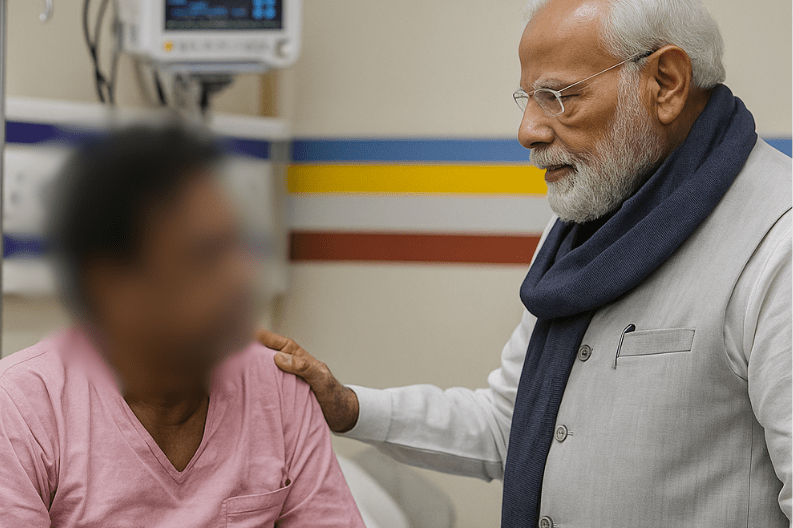
Prime Minister Narendra Modi returned from Bhutan, and PM Modi meets the victim of the Delhi blast, soon after he landed in Delhi. He went straight to Lok Nayak Jai Prakash (LNJP) Hospital on Wednesday. There, he met every injured person and asked about their health. He also spoke with doctors about the treatment. PM Modi told the hospital staff that the government would act fast to support the victims. Security outside the hospital remained very tight due to the serious situation. The blast near the Red Fort on Monday evening killed nine people and injured more than twenty. It happened during rush hour, and many people were scared.
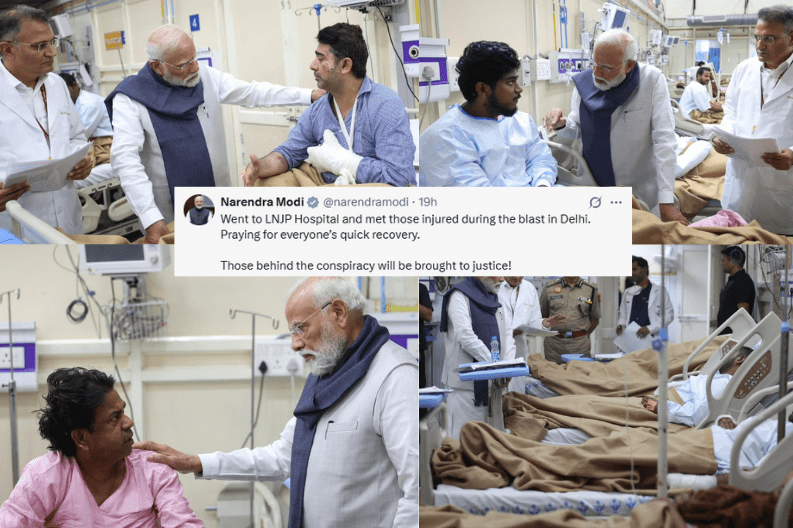
Investigators said the explosion came from a slow-moving Hyundai i20 filled with explosives. The blast damaged several vehicles nearby. Soon after the incident, security agencies arrested eight suspects. This group included three doctors. Police also found nearly 2,900 kg of explosive material linked to Jaish-e-Mohammed and Ansar Ghazwat-ul-Hind. Officers found more ammonium nitrate at a private university in Faridabad. Officials believe the suspects planned to attack during Diwali and later on Republic Day, but they failed to carry out their plans.
Home Minister Amit Shah held an urgent security meeting after the blast. He asked all security teams to work closely and check every detail. The National Investigation Agency (NIA) now leads the case. Security alerts have increased across Delhi, Uttar Pradesh, Bihar, and Mumbai. Police are checking more people at metro stations, markets, bus stops, and religious places. Investigators are also trying to confirm if the blast was a suicide attack because the driver, believed to be Dr. Umar Nabi, died at the scene.
During his Bhutan visit, PM Modi spoke about the tragedy. He said he felt deep sorrow for the victims. He promised that the people behind the blast would face the strictest punishment. After he returned, he posted on X and prayed for the fast recovery of all the injured. Experts are studying the explosive materials now. Early reports show that the bomb was extremely powerful, even stronger than ammonium nitrate bombs used before.
As the investigation continues, the government is trying to assure citizens that the city is safe. More police teams now guard crowded places to prevent further danger. PM Modi said such attacks will not break India’s unity. He ended the day by promising that everyone involved in the planning or execution of the blast will face justice. With his strong message and his hospital visit, PM Modi meets the victim of the Delhi blast, which stands as a clear sign that the government will support the victims and protect the country.
-
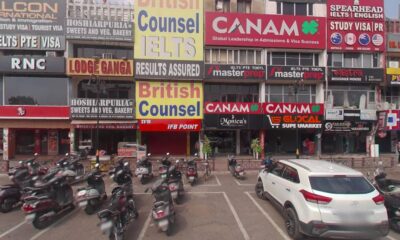
 City Guide3 years ago
City Guide3 years ago3B2 Mohali Market Shops: Discover 44 Hidden Gems
-

 Entertainment2 years ago
Entertainment2 years agoTop 15 Punjabi Models – Male and Female List
-

 Entertainment2 years ago
Entertainment2 years agoTop 11 Punjabi Comedians of All Time
-

 Jobs4 years ago
Jobs4 years agoTop 20 IT Companies in Mohali
-

 Food4 years ago
Food4 years ago11 Best Restaurants in Mohali You Must Visit
-

 Property2 years ago
Property2 years agoWho Lives In Homeland Mohali: Punjabi Celebrities, Business People…
-

 Food3 years ago
Food3 years agoTop 15 Cafes in Mohali you must visit
-

 Education2 years ago
Education2 years ago10 Famous Punjabi Writers With A Great Impact On The Literary World





